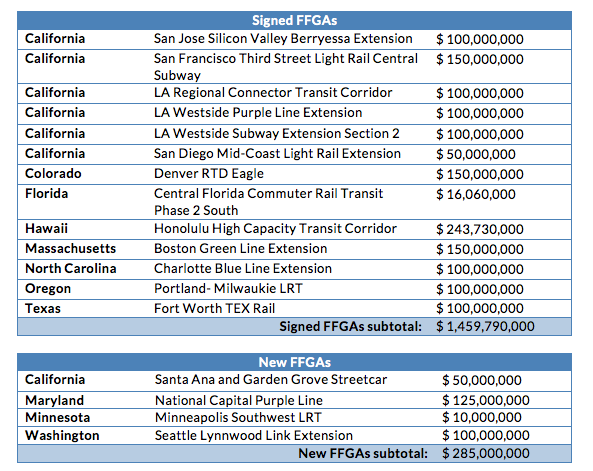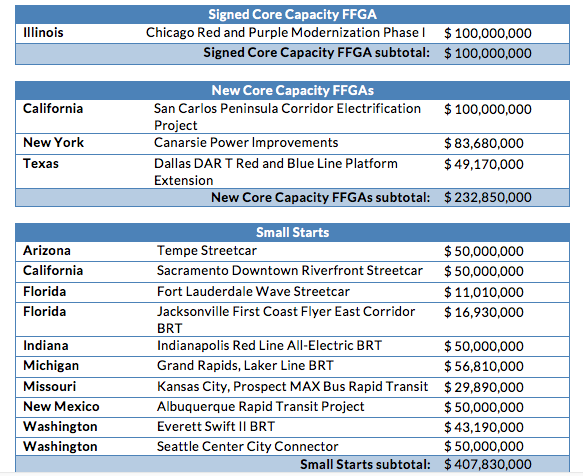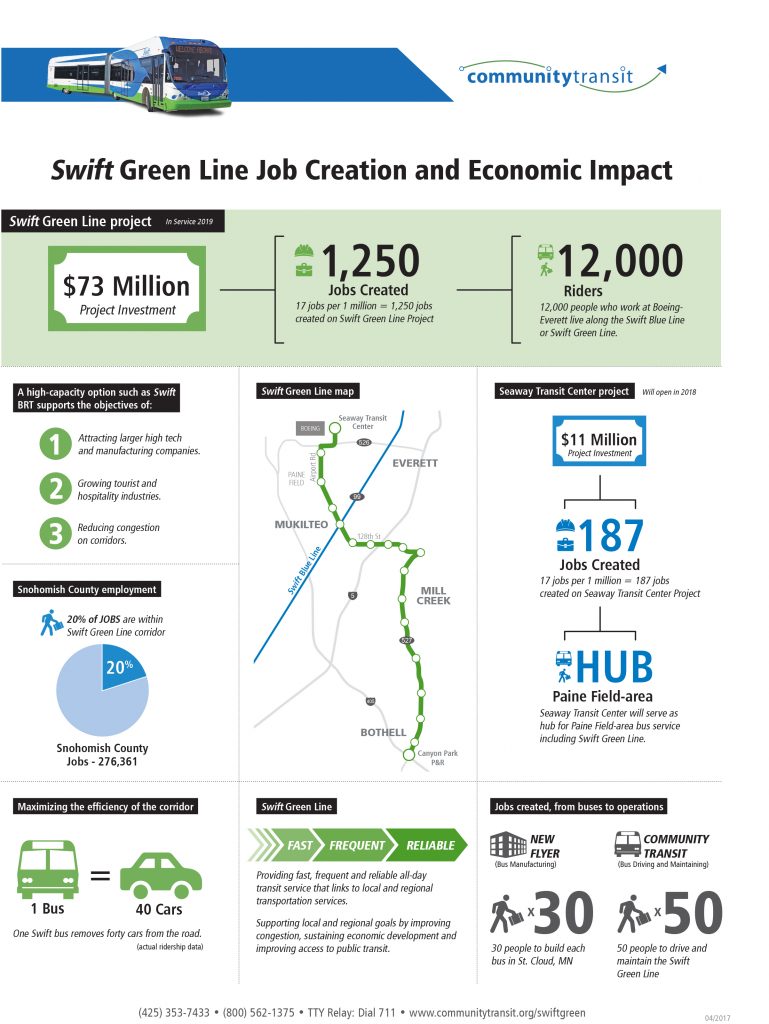As introduced on May 1, 2017
Early on May 1, Congressional leaders revealed a $1.163 trillion appropriations bill to fund the entire government for the remainder of fiscal year (FY) 2017. Somehow Congress has employed budget maneuvers that allow this appropriations bill to incorporate higher funding levels, without comparable funding cuts, and yet adhere to the budget cap of $1.07 trillion, which Congress agreed to in 2015. For example, tens of billions are allocated for either Overseas Contingency Operations or Global War on Terror, which does not count against the statutory budget caps. The bill also includes $8.2 billion in emergency and disaster funding.
The House Rules Committee is scheduled to consider the omnibus package on Tuesday, May 2, with the Senate to follow. Congress is expected to pass the bill within the week and before the current continuing resolution (CR) expires on May 5.
The appropriations bill has been held up for a number of weeks over a disagreement over funding a border wall, healthcare payments, and non-funding related policy riders. Recent concessions in the Administration’s demands allowed the bill to move forward. The full text of the bill can be found here. Summaries of the appropriations bill can be found on the Senate Appropriations Committee page here and the House Appropriations Committee page here.
Funding
The FY2017 omnibus appropriations package includes funding for all remaining 11 appropriations bills, (Military Construction and Veterans Affairs appropriations passed in the fall 2016), including the Transportation, Housing, and Urban Development (THUD) appropriations bill. Overall, transportation programs are mostly funded at levels consistent with the FAST Act authorized amounts. The bill provides $57.651 in discretionary spending, which is a $350 million increase from FY2016. Of this, $18.5 billion in discretionary spending is for USDOT.
Funding for both the federal-aid highways program and transit formula grants are consistent with FAST Act authorized levels. The Federal Railroad Administration (FRA) is funded at $1.85 billion, an increase of $173 million above FY2016 level. The bill also provides $3 million for the National Surface Transportation and Innovative Finance Bureau that was created under the FAST Act to consolidate the administration of several USDOT programs.
TIGER
The FY2017 appropriations bill provides $500 million for the TIGER discretionary grant program, also known as National Infrastructure Investment grants. This is equal to what the program received in FY2016 appropriations and is equal to the amount that T4America, along with over 160 organizations, asked legislators to support the program at.
This round of funding must be obligated by September 30, 2020.
New Starts, Small Starts, Core Capacity (Capital Investment Grant Program)
Within the amount appropriated for the Federal Transit Administration, $2.4 billion is allocated to the Capital Investment Grant (CIG) program, which is slightly above the FAST Act level of $2.3 billion.
The FY2017 appropriations bill encourages the Administration to continue the CIG program by distinguishing funding between projects that have Full Funding Grant Agreements (FFGAs) with USDOT and those projects that have yet to sign an FFGA. By setting aside funding for projects that are in the pipeline to receive federal funding, Congress demonstrated a show of support for those local communities that have in many cases have raised revenues for projects and have gone through years of planning with USDOT.
Within the New Starts program, $1.5 billion is allocated for all current FFGA projects and $285 million is set aside for projects that are in line to receive FFGAs. For the Core Capacity program, $100 million is available for projects with signed agreements and $232 million is available for projects anticipated to enter into an FFGA in FY2017. The Small Starts program is funded at $408 million.
Even though this funding has been appropriated, each project must still obtain a signed grant agreement with USDOT before the funds may be released to that project. In addition, the bill allows FTA to allocate more than $100 million per project under the core capacity, small starts, and expedited delivery programs.
The FY2017 appropriations bill directs the Secretary of Transportation to administer the CIG program funding as directed in the tables below:


Amtrak, CRISI, State of Good Repair, and REG
The FY2017 bill provides $1.167 billion for the National Network, a slight increase over the FAST Act authorized amount, and $328 million for the Northeast Corridor (NEC), which is a decrease from the $474 million authorized amount in the FAST Act.
The Consolidated Rail Infrastructure and Safety Improvements (CRISI) grant program is funded at $68 million, a decrease from the $190 million authorized under the FAST Act. Of this funding, at least 25 percent will go to projects in rural areas and $10 million will support the initiation or restoration of intercity passenger rail. Up to 1 percent of the funds may be used for project management and oversight. The federal match is 80 percent and the program can fund rail safety technology, including PTC, capital projects, grade crossings, rail line relocation and improvement, short-line capital project, and planning for regional and corridor plans; among others.
The Federal-State Partnership for State of Good Repair grants program is funded at $25 million and similar to CRISI, up to 1 percent of the funds may be used for project management and oversight. The FY2017 appropriations bill also directs FRA to consider the needs of the entire rail network when determining grant awards. This program aims to reduce the state of good repair backlog for publicly owned or Amtrak-owned infrastructure, equipment, and facilities. In addition to projects that target brining existing infrastructure into a state of good repair, activities that are eligible for funding also include projects that replace existing assets with those that increase capacity and service levels.
The Restoration and Enhancement Grants (REG) program is funded at $5 million, which is less than the $20 million authorized under the FAST Act. As with the CRISI program, up to 1 percent of funds may be used for project management and oversight of the grants. This program is intended to support the operation of new or expanded service. It can provide grants to six lines to support operating costs for three years on a tiered structure – up to 80 percent operating costs in year one, 60 percent in year two, and 40 percent in year three.
The bill also provides $98 million in rail grants to support the implementation of Positive Train Control (PTC), a decrease from the $199 million authorized in the FAST Act. Within 120 days of enactment of the bill, Amtrak is also required to compile a report comparing actual food and beverage savings for FY2016 with projections.
Analysis
By keeping transportation funding in line with the FAST Act authorized amounts and by doing so without devastating cuts to housing programs, T4America expects this bill will pass with wide bi-partisan support. Congress began negotiating the appropriations bills that collectively make up this omnibus package back in 2016, before the election in November and under a different political climate. Through all of the transitions since then and amidst pressure from the new Administration to make drastic funding changes, Congress engaged with a number of stakeholders and maintained funding for the programs that communities need. If Congress continues along this path, there may be broad support for FY2018 appropriations and the infrastructure package. However, it is not clear the extent to which Congress has additional budget maneuvers available to them to continue to spend so freely.






